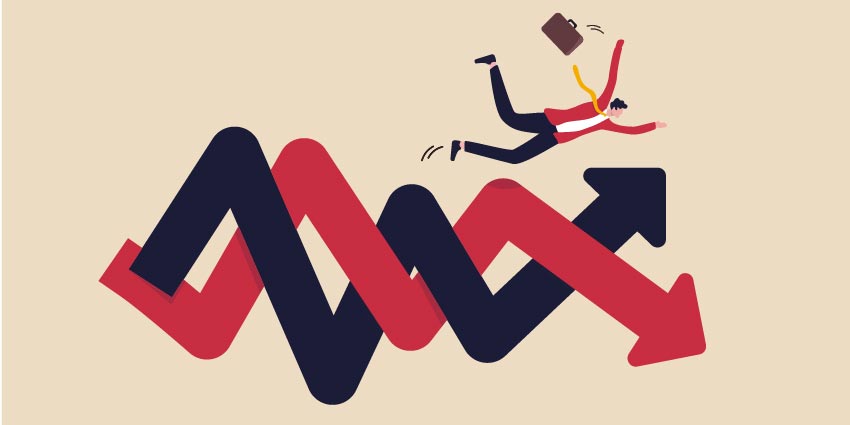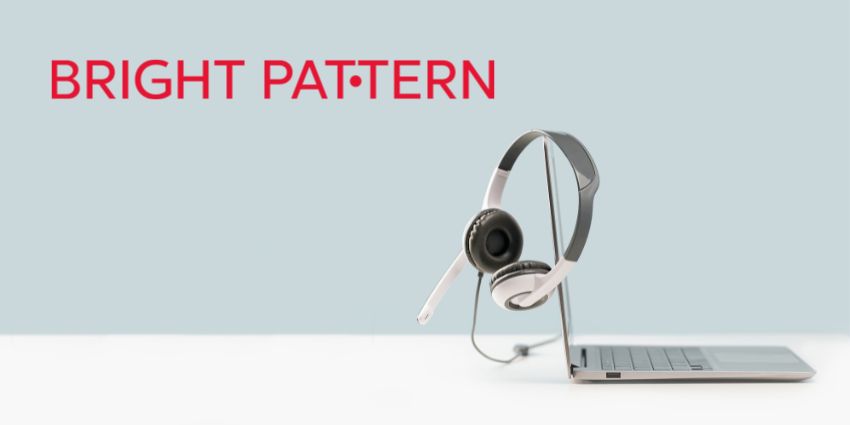When customers face confusing IVR menus, long wait times, or lengthy periods on-hold, they may abandon the call before an agent picks up the phone.
According to industry estimates, around five to eight percent of inbound calls abandon for various reasons, all of which are missed opportunities.
A single abandoned call can form a negative impression about the brand, and customers may be unwilling to reach out a second time. That is why it is important to measure call abandon rates and proactively manage this metric to improve the customer experience (CX).
What Is Call Abandon Rate?
Call abandon rate refers to the percentage of customers who initiate a call center interaction but drop before an agent has the opportunity to connect to the line.
A certain number of abandoned calls is inevitable, but they can increase due to reasons like:
- Shortage of agents, which leads to overlong queues
- IVR menus that redirect the customer multiple times and cause confusion
- Loud or annoying hold music that adds to the frustration
- Irritating IVR messaging, such as promotions in queues filled with frustrated customers
- System bottlenecks that block calls even when agents are available
Ideas to Reduce Call Abandon Rate
The simplest (but often the most expensive) way to reduce the abandonment rate is to hire more agents. Ideally, the call center will always have the optimal staffing resources to keep wait times to a minimum.
Yet, unexpected peaks in contact volumes are inevitable. To cope with such scenarios, call centers can try innovative measures like the following:
1. Prepare for the Unexpected
Create a set of standard operating procedures (SOPs) so everyone knows what to do when the contact center loses control of wait times. Simple instructions of who to call in for support and in what order will enable the manager to better manage the storm.
2. Make the Waiting Experience More Engaging
If the waiting experience adds value to the customer, they will be less likely to drop off midway. It could even alleviate the caller’s sense of urgency and anxiety, which is often the case when a customer calls regarding a difficult and aggravating issue.
Messages could even introduce contests and giveaways. Yet, perhaps the best example is fun facts. For example, a health and leisure center could play a message such as: “Did you know that a trip to the sauna helps to flush toxins away from our bodies? Talk to an agent to find out more about our spa experiences.” It is a subtle way of highlighting the value of other possible products without sounding like an advertisement.
3. Let Customers Request a Callback
Another way to reduce abandon rates is to not have customers call you in the first place. Web callback systems ask customers to schedule a conversation in the future, and an agent calls back when available. There is no risk of missing out on a conversation opportunity, and customer efforts are reduced.
However, this tactic only works when call volumes are spikey. If they are high over a prolonged period of time, wait times increase, as agents must take an extra step in their journey and call the customer. As such, the impact on abandon rates is negligible.
4. Use Omnichannel Routing
Omnichannel routing looks for agent availability regardless of which channel they are currently operating. In case all the designated telephone lines are busy, it could route the call to an agent who is usually in charge of email conversations. This provides contact centers with some leeway in terms of capacity.
However, remember to coach agents across multiple channels so that the CX does not suffer as a consequence.
5. Re-Dial Abandoned Callers When Contact Volumes Are Low
If callers have tried before and failed, they will likely try again. Yet, to get one step ahead, why not call them back when contact volumes are low? Doing so will positively influence customer perceptions of the brand.
By tracking callers that are waiting in queue for a significant period – though a CRM integration – businesses can ensure that the missed interaction does not have a lasting effect on CX.
6. Help Customers Self-Serve Their Basic Requests
Enabling self-service through the IVR enables customers with simple queries to solve their issues immediately while also shortening the queue for those with more complex issues.
Voicebots are an excellent technology for this. They can also recognize customer intent and automate part of their conversation with a human agent. As such, customers are kept busy while waiting on hold, lowering abandon rates. Also, queues contact as resolution times drop, allowing agents to engage with more customers.
7. Establish a Follow-the-Sun Call Center
A follow-the-sun model often works well for large organizations that receive calls 24/7. To set this up, call centers can establish a team at the opposite end of the globe, which begins work when the primary team completes their shift. As such, someone is always available to answer customer calls.
8. Reduce Handling Times (Sensibly!)
By reducing handling times, agents answer more queries, which results in lower wait times and fewer abandons. However, contact centers often approach handling times as a target, pressurizing agents to limit their talk time with customers. The trouble is that this leads to agents rushing through customer contacts, causing repeat contacts and lower efficiency.
So, instead, consider it an outcome of good management. If supervisors employ tactics such as automating desktop processes, improving agent coaching, and enhancing routing, handling times will fall naturally.
9. Improve First Contact Resolution
Training the team provides them with the long-term skills needed to improve performance and reduce abandon rates. They are also likely to achieve first call resolution (FCR) so that total call volumes remain low and the queue does become unmanageable.
10. Proactively Cut Down Contact Volumes
Cutting down contact volumes helps to lower the strain on the contact center and, consequently, call abandons.
Assessing failure demand through call monitoring, social listening, and maybe a speech analytics initiative to uncover the root cause is an excellent start to reducing demand. Then, bucket these “pain points” into issues that the contact center can solve internally and those that require external support.
Secure the quick wins by making the internal improvement, but also build relationships with other departments and incentivize them to make the necessary fix.
Discover lots more mission-critical contact center metrics by reading our article: 40 Contact Center KPIs to Start Tracking Now.







